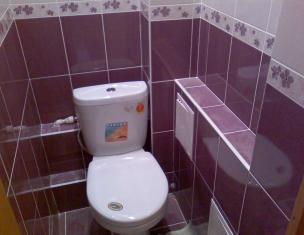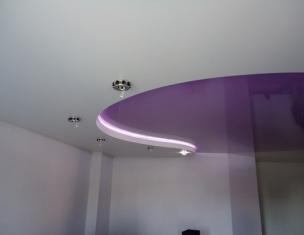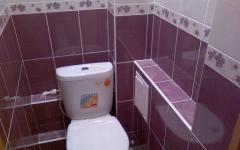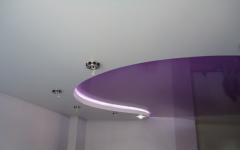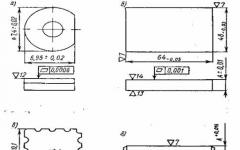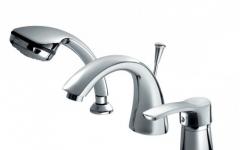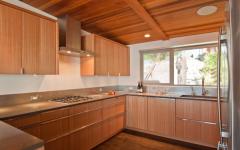We are already accustomed to the fact that the standard for cladding bathrooms and toilets is. The fact that mosaic tiles can be used to decorate such premises will not even occur to everyone. Meanwhile, this is a very promising material from a hygienic point of view.
Why is mosaic tile so attractive for facing bathrooms and toilets?
The modern mosaic is made of especially strong types of glass. She is not afraid of blows (of course, of a domestic nature - a shell from a tank gun, of course, will not withstand), she is absolutely indifferent to moisture, she washes well and bacteria take root very poorly on her surface. This is the ideal material for finishing sanitary facilities!
Not to mention the fact that the mosaic also has artistic value: since antiquity, entire panels have been created from it. Including places of public and individual "use". Not to mention the ancient Roman baths, which were real works of architecture and art.
There is only one problem: mosaic tiles are relatively expensive. Therefore, in bathrooms, toilets, it is usually laid out in the most critical areas. In bathrooms - in places close to the shower, on the wall adjacent to the bath. In the toilets, for example, in the form of an "apron" with our "capacious faience friend." There are design options when, for example, a translucent mosaic tile was glued directly on top of the wallpaper to a height of half a person's height. Generally speaking, paper wallpapers in toilets are not advised, but if you cover them with glass tiles, then why not?
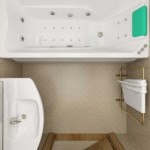
Moreover, there are experts who recommend tiling the ceiling in the toilet with mosaics. It is assumed that exactly where the hand with a rag does not often reach, there are accumulations of bacteria. A mosaic ceiling, unlike a bleached one, can be wiped without any fear with an ordinary mop with a wet, clean rag!
Finishing style: to taste, there are no comrades for color!
Are there any canons for interior design of bathrooms and toilets with mosaics?
To put it bluntly, no. These are your private spaces, and you can create anything in them, as far as your imagination and understanding of the legislation on moral standards is enough. We remembered the latter not for the sake of a red word. Ancient artists, with their inherent frankness, depicted what they saw, or what could be seen in the places for which their panels were intended, and therefore the toilet creations of that time were often shockingly frank. However, in our enlightened age, a Brussels-style pissing boy, lined with cheap plastic mosaic on the door of a home toilet, is found in almost every tenth apartment.
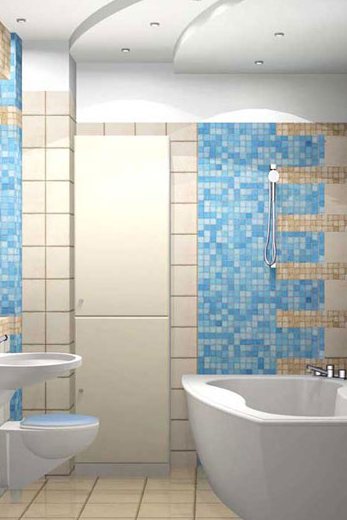
Otherwise, there are no restrictions! Picture at least Aphrodite emerging from the foam of your bath!
Although, of course, most people prefer the usual monotonous tile, a geometric two- or three-color ornament or a simple pattern.
An article on our website may well be the starting point for developing a plan for the repair and restoration of a particular sanitary facility.
It may seem paradoxical, but when designing toilets, fantasy splashes more playfully. After all, the “solitude room” is the only place where modern man, with his rhythm of life, can indulge in contemplation. Therefore, there are lovers who decorate their “point for reflection” in the antique style, and in the baroque, and in the classical, and neo-modernist, and even decorating the view surfaces with portraits of their favorite singers and composers. In short, there would be money, but people will always figure out how to spend it!
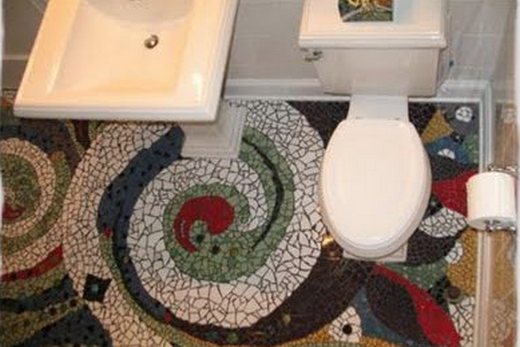
Prices for material and installation
By the way, about the money: the mosaic is not cheap! More precisely, it can be both cheap and expensive - depending on the complexity of the pattern, the size of the chips (mosaic pieces), and the country of origin. But the cheapest is more expensive than ceramic tiles. With which, however, it is perfectly combined. Therefore, the standard technique is laying out 20-30% of the floor area, walls of the bathroom or toilet with mosaic tiles, the rest with cheaper material.
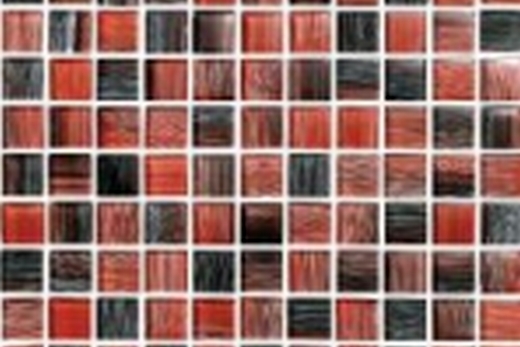
Where to buy it? Of course, in the online store. Those who wish can visit off-line hardware stores and make sure that it will be more expensive there.
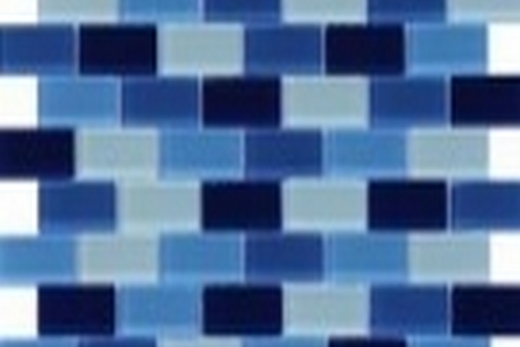
The range of prices is large: from 300 rubles. up to 6000 rub. per sq. meter. Moreover, readers should be aware that the mosaic is produced mainly in China, as well as in Italy, Spain and other countries. It is delivered to Russia and goes on sale in the form of "matrices", that is, sections of a fiberglass or polymer mesh measuring, on average, 300x300 mm, on which mosaic "chips" are glued - pieces of glass about 20x20 mm (for a mosaic with a pattern, the dimensions of the chips are even smaller ). Therefore, it is necessary to look closely at the prices: what the price is set for: per sq. meter or a "matrix", which is 10 times smaller in area?
A mosaic with an artistic pattern (say, a bouquet of flowers) is much more expensive. For example, the Spanish mosaic panel Infinity Mosaico Bouquet (http://magia-mozaiki.ru/catalog/mozaichnoe-panno/mosaico-bouquet) with dimensions of 2870x1910 mm will cost 73328 rubles. That is, more expensive than 13 thousand rubles. per sq. meter.
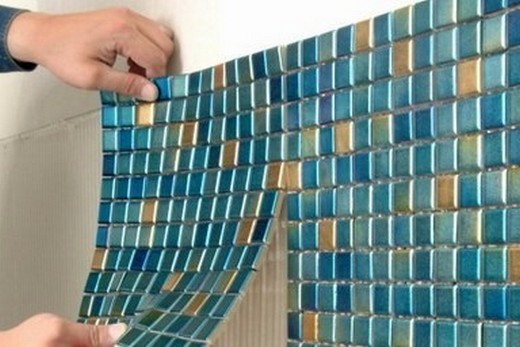
Mosaic matrix sticker
Not cheap and laying mosaic tiles. Standard prices for laying with epoxy glue start from 2500-3000 rubles, for transparent glue - 5000 rubles. in terms of sq. meter. But that's half the battle!
Approximately 2000 rubles. it will cost you to prepare the seams for grouting and another 2500 rubles. - their filling with epoxy grout: also in terms of square meters. meter. Some money will run up for surface preparation, and for delivery, and for garbage removal. In general, the pleasure is not cheap!
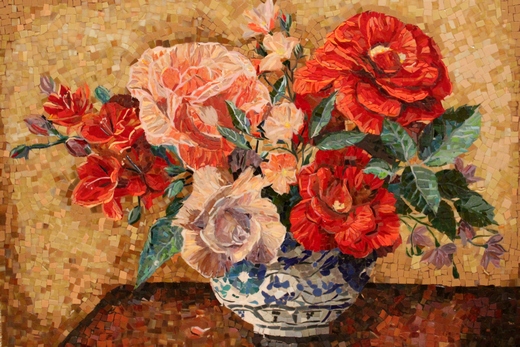
Mosaic, laid out in the form of a bouquet
But how, our inquisitive reader will ask, to sculpt from the mosaic tiles the image of Aphrodite emerging from the foam of the bath?
Along with installation? - Depends on what kind of ceiling: rack, cassette, stretch. For information on all types of ceilings, see our website
P.S. In addition to glass, mosaic tiles are also made from ceramics, glass, plastic, stone, and a good dozen other materials. But such a mosaic is rarely used for finishing bathrooms - there is no point in view of the lack of those hygienic properties that are inherent in glass mosaics.



